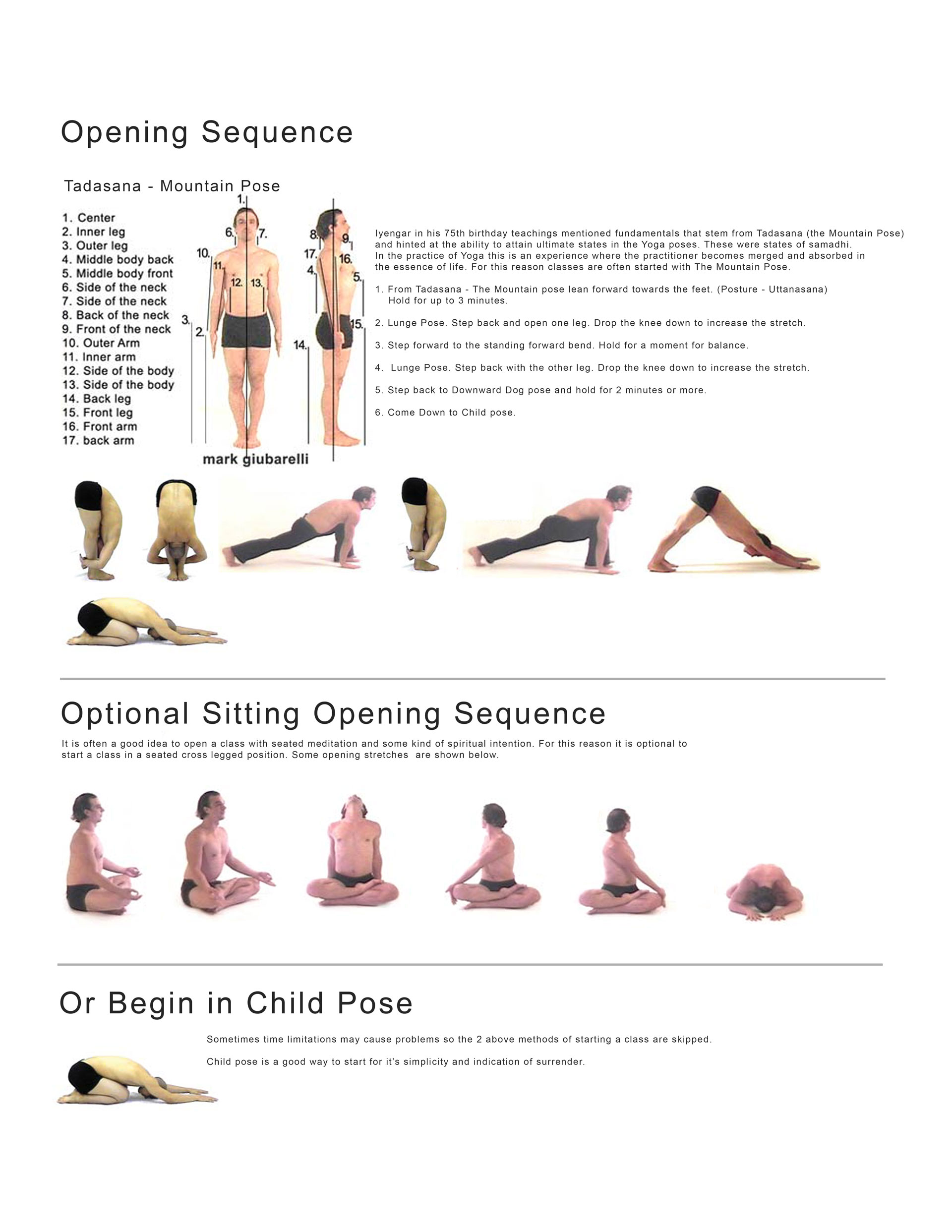
Sanskrit means "unite" or "join". Yoga's origins are from Sanskrit. This union refers both to a union between mind and body and the union of individual consciousness and universal consciousness. In India, yogic practices were practiced in the early decades of the 20th-century. Lord Shiva was the first known yogi and he spread it through his writings. These books were translated into many languages and distributed to different regions around the globe.
As yoga became more popular, it wasn't uncommon for the practice to be seen as more westernized, particularly in Europe. In the early 1900s, the emergence of VHS tapes and DVDs led to the widespread distribution of yoga videos. The boom in fitness and the Internet made yoga a popular practice. Yoga spread fast and widely due to this. In the 1990s, the invention of the microphone and the transatlantic flight made it possible to reach large audiences and spread ideas widely.
Yoga's history dates back thousands years. It was first used for spiritual purposes. However, Westerners only became aware of yoga in the middle 19th century. Swami Vivekananda was an Indian monk who traveled throughout Europe and the U.S. in order to spread the practice. He taught yoga in West Asia, where it is still popular today. This is a great way to learn more about yoga's history.

The origins of yoga can be traced back as far back as ancient times to northern India. The Vedas, which are the oldest of the four Vedas, contains references to this practice. The Rig Veda is home to over 1000 hymns as well as 200 mantras. To learn about yoga, priests from the Vedic age used Rig Veda. Later centuries saw many Rishis refine the practice and bring it into the 21st century. The Upanishads provide great information about yoga's history.
The history of yoga began with the first mentions of yoga in ancient India. The practice developed to include physical postures, or asanas. In the early 1900s, hatha yoga was popularized in the U.S., and many teachers began adding asanas to their classes. The 1970s saw the practice become mainstream and accepted all over the globe. The birth of yoga in the United States fueled its popularity and spread.
Yoga's history is complicated. Yoga's origins date back to 2000 BC when it was primarily a mind-body practice. Later, western gymnastics was introduced to the practice, which led to the development of Hatha yoga. The practice developed into Hatha yoga in the 1920s. Asanas can be used today to help achieve this goal.
The roots of yoga's origins lie in ancient India. The practice and philosophy of yoga were very different thousands of years ago from Vinyasa today. However, by studying the history of yoga, you will be able to appreciate it more and understand it better. It is important to note that ancient yoga was not the same practiced as modern-day Yoga. Yoga can be traced back to thousands of years, which will allow you to gain a deeper appreciation of it.

Yoga has a long history. Although the ancient yoga practitioners were mainly Hindu, their influences were still heavily Hindu. In the west, yoga was largely banned by the British. It wasn't until then that yoga became popular in Europe and America. Yoga was introduced to the United States by Indian gurus in the late 1800s. Asana can be described as a form meditation.
Asana, the foundation of most yoga practice, is important. Asana is a very ancient practice. In the 5th century, the practice of yoga was a spiritual and religious practice. Jainism and Buddhism were also considered ancient religions. The Classical Period witnessed the first systematic presentation and explanation of yoga practices and beliefs in Hinduism or Jainism. For centuries, yoga's popularity and influence grew. Like any new practice though, the roots are still grounded in the same principles as the original.
FAQ
Which is the best order to exercise?
It all depends what you want. To build muscle mass, you should first lift heavy weights. Then, move on to cardio. If you are looking to lose weight, then move on to strength training.
Cardio can be done if you want to just lose fat. Then add strength training after.
If you are looking for muscle mass, cardio should be your last option. Cardio stimulates growth hormones and helps build muscle mass.
Also, eat before you workout. This will fuel you muscles better, which will make it work harder. It will also make you feel more energetic during your workouts.
Do I need to exercise every morning?
No! At least 30 minutes moderate-intensity exercise five days per week is a good goal. This could be walking fast enough so you feel slightly out breath or cycling hard enough to sweat.
How often should you exercise per week?
It all depends on your time and the type of exercise that you enjoy. It's a good idea to do moderate-intensity aerobic exercises 3 - 5 times per week. It is important to not overdo it. You will get the maximum benefits from your workouts if you do not exercise consistently.
Which exercises work best for you?
It all depends on your fitness goals. Some people are more focused on endurance activities such as running, cycling and swimming. Others enjoy lifting weights or using resistance bands. There are many exercise programs on the market today. You can choose the one that best suits you.
Which exercise is best for men
The answer to your question depends on the type of information you seek. Cardio workouts are great for losing weight because they burn calories more quickly than strength training exercises.
On the other hand, if you just want to build muscle mass, then strength training is better since it increases lean body mass.
Both types have been proven to have benefits for your overall well-being.
I recommend HIIT, or sprint interval training, if you want fast results. This type helps you burn fat quickly, by increasing your metabolism. It can also increase your endurance, so that you can train even when fatigued.
How To Get Rid Of Belly Fat Fast?
There are several ways to reduce belly fat fast. One way to reduce belly fat fast is to eat less food, and drink lots of fluids.
A second way to boost your metabolism is by running and swimming.
To quickly reduce belly fat, avoid sitting too much. Stand up often throughout the day. This will help to burn more calories.
If you've tried all the methods and are still struggling with belly fat, there's another option.
A belt is a device that allows you to do this. The belt is designed to fit around your waist while you are sitting down.
You will feel more comfortable and be able to move around. This causes you to burn more calories, and your belly fat will decrease.
Statistics
- Are You One of the 20% of Guys (mh.co.za)
- Get free shipping and 25% off today. (healthline.com)
- Candidates and applicants must pass all four tests at 70% (minimum level) to graduate from Basic Deputy U.S. Marshal (BDUSM) Training. (usmarshals.gov)
- An estimated calorie range for moderately active adult males falls between 2,200 to 2,800 calories per day, depending on age. (eatright.org)
- Cardmembers earn 5% Back at Amazon.com with a Prime Credit Card. (amazon.com)
External Links
How To
What should my diet look like before I start a workout?
You need to eat less calories than you burn while exercising in order to lose weight. You also need to consume all your nutrients.
This includes protein, carbohydrates fats, vitamins and other nutrients.
The best way to do this is by eating smaller meals throughout the day rather than three large ones.
You may not be as effective if there is too much hunger during your workouts.
Consider drinking water rather than sugary energy drinks. This will keep your body hydrated and energized.
Make sure to drink enough fluids. Over-consuming water could cause your body to lose its electrolytes.
Your body needs electrolytes for proper functioning.
If you don’t have any access to water, sports drinks might be a good option. They are rich in sodium, potassium, calcium and magnesium as well as other minerals.
These help replenish electrolytes lost through sweating. They won't be able to replace the electrolytes you have lost through sweating.
A multivitamin pill can be taken if you worry about losing too much salt while exercising.
These products contain more vitamin B6, which regulates the level of sodium in the body.
You shouldn't depend on supplements if there isn't enough salt in the food or drinks you consume.
They aren’t controlled by the Food and Drug Administration.
Certain brands of sports drinks might contain more sodium than others.
Some sports drinks might contain artificial sweeteners, preservatives, or both. These may cause digestive problems.
Sea salt is an option if you don't want to eat too much salt.
It contains fewer chemicals than table salt.
Sea salt is low in iodine as another mineral necessary for healthy thyroid function.